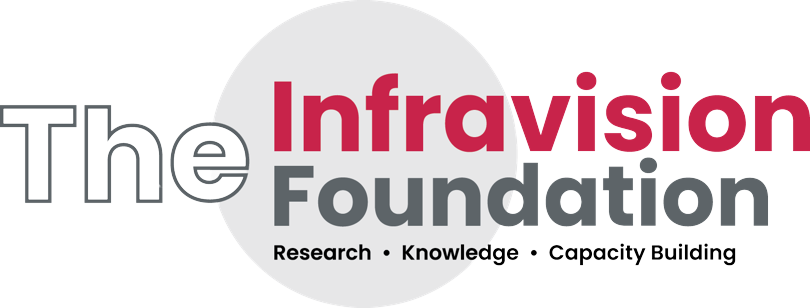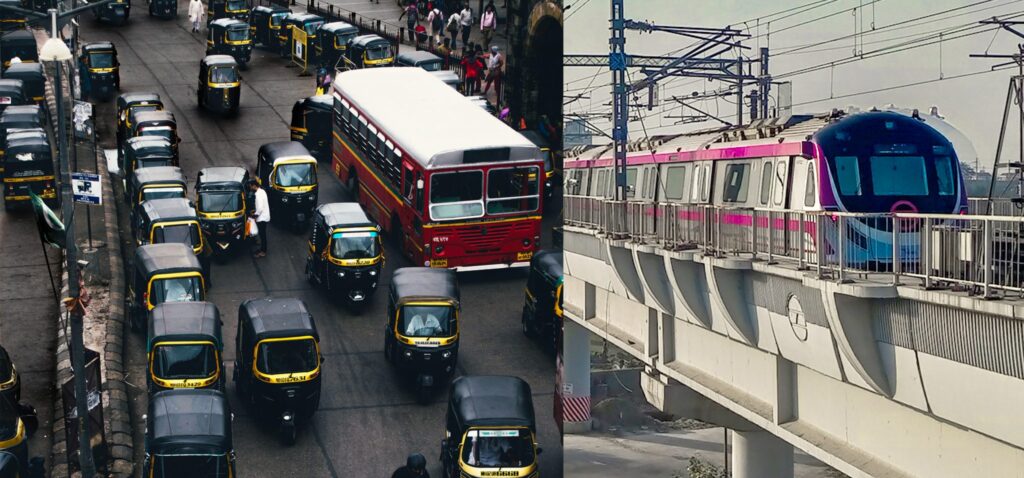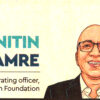Globally, a variety of public transport (PT) systems have been developed and used to meet urban travel demand. These include high-capacity systems like Metro, Light Rail Transit (LRT), Suburban rail, Trams, Trolley Bus, Bus Rapid Transit (BRT) and the ubiquitous three plus four wheelers (rickshaws, taxis, etc.). Some difficult terrains have adopted ropeway transport.
Urban India has been experiencing an upgrade of its PT systems to meet the rapidly growing travel demand. Without a doubt, the most significant upgrade is the implementation of the metro system redefining the standards of PT. Metro systems are now operating in 13 cities and 29 more are either under construction or approved or proposed.
However, these metro networks have not yet achieved the expected benefits primarily because the ridership is much lower than expected. Delhi Metro with the largest network in any city, often compared to the London Underground, has 47% of the projected ridership. Most operating systems have less than 15% and some have even less than 10% of the projected ridership. This is a double whammy – not enough people enjoy the benefits and operations become financially unsustainable. Metro systems are capital intensive and cost about INR 220 Cr (elevated) to INR 550 Cr (underground) per km. They create massive NPAs when rendered financially unsustainable! Thus, any decision to set up a metro system must be thoroughly scrutinised and not taken as a populist measure.
A research paper published by The Infravision Foundation in collaboration with IIT Delhi presents a framework to understand the suitability of various PT system options for Indian cities.
The suitability of various PT systems is dictated by what urban planners call “differentiated travel demand”.
Differentiated travel demand is characterised by the number of trips per day, distance travelled per trip, ability to spend, city population, and vehicle ownership. This demand must guide the choice of PT system(s) to ensure access to and benefit for most citizens.
Urban Indian trip length data shows that the majority (30%-60%) of the urban trips are less than 5 km and more than 75% of the trips are less than 10 km regardless of population density and per capita income.
Different PT systems are suitable for different travel demands. While metro-like systems suit long-distance trips (>10 km), bus systems, Light Rail Transits (LRT), trams, and trolleybuses can meet medium-range trips (5 km – 10 km). Intermediate Public Transport (IPT) systems like e-rickshaws, auto-rickshaws, and taxis can cover trips of less than 5 km for small cities and serve as a feeder for larger systems like metro, LRT, or bus systems.
Therefore, an integrated public transport system is essential to meet the differentiated travel demand in different city sizes. This integration must be at the policy, planning, operations, and infrastructure design stage and requires a strong policy and implementation framework.
For commuters, convenience and reliability dictate the preference. PT systems have a fixed route and many commuters need to make transfers in reaching their destination, which is both cumbersome and time-consuming. Therefore, a PT commuter may spend significant time accessing and exiting the PT system.
In contrast, private vehicles (PVs) are under the control of the user offering convenience, adaptability and flexibility as a door-to-door unimodal service. Rising incomes and affordability of PVs have resulted in increasing use of PVs by a large proportion of commuters for daily commutes, leading to traffic snarls and pollution. An efficient PT system, therefore, must compete with the convenience and comfort offered by personal vehicles.
So how should the city managers and urban planners plan an appropriate mobility infrastructure?
Responses to the following questions can guide them:
- How to reduce dependence on PVs?
- How to retain current PT users as incomes rise and PV ownership grows?
- How to increase the share of PT users, pedestrians and bicyclists?
- What proportion of the population can be served by the selected PT system?
- What level of subsidy will be required to run quality PT services?
The Infravision Foundation research paper suggests that based on the existing differentiated travel demand in Indian cities, the following strategies may be adopted:
| City Population
(Lac) |
IPT System | Bus System | LRT and/or BRT System | Metro System |
| < 5
(Alwar) |
✔ +
small bus route |
|||
| 5 to 10
(Mysore ) |
✔ | ✔ | Start planning for | |
| 10 to 40
(Nagpur) |
✔ (last mile connectivity) | ✔ | Start planning for | |
| 40 to 80
(Ahmedabad) |
✔ (last mile connectivity) | ✔(high capacity, arterial + sub-arterial routes) | ✔, For 15%-20% of trips; longer > 10km | Start planning for |
| > 80
(Delhi) |
✔ (last mile connectivity) | ✔ (arterial & sub-arterial routes, 800-1000 km) | ✔ | ✔ (300-400 km) |
(Source: The Infravision Foundation Research Paper)
The key, therefore, lies in understanding the differentiated travel demand, the complementarity of different PT systems and providing an integrated solution at all levels -policy, planning, design, and operations. For example, in megacities like Delhi with about 300 km of operating metro, the existing bus system must be strengthened. The operational integration of the bus system with the metro (common ticket, running on all arterial and sub-arterial roads, maximum frequency of 5 mins, exclusive lanes on congested corridors) is also required. In smaller cities like Patiala (~1 million population), bus systems running on all arterial and sub-arterial roads with few sections of exclusive lanes can meet the travel demand. IPT vehicles are suitable for shorter trips in Patiala and the last-mile connectivity to bus and metro systems in Delhi.
Such a robust and scientific framework can help Indian cities and their managers provide a comfortable and accessible PT system and improve the “ease of living” for citizens.
| Research Paper |
| Smart City Smart PT |
__________
Nitin Zamre is currently the Chief Operating Officer at The Infravision Foundation. The author acknowledges inputs provided by Prof Geetam Tiwari, TRIPP Chair Professor at IIT Delhi.



